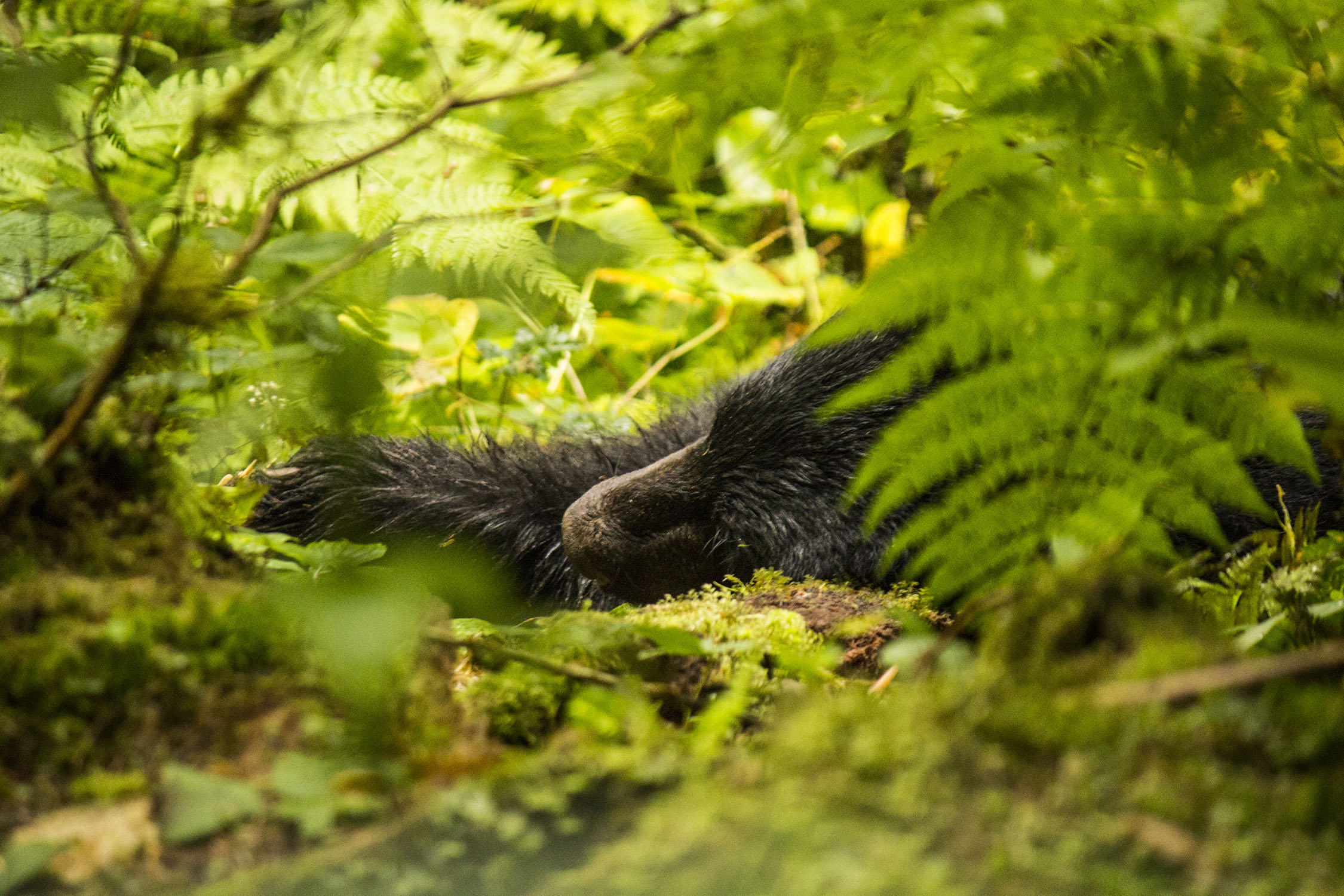Walking with Bears: Photographing the Wild in Ketchikan, Alaska
As Samantha and I first walk into the paths of the Alaska Rainforest Sanctuary, our nerves have the better of us. We are, after all, in Ketchikan, Alaska, where the bear population is twice that of the human population. On top of that, we are completely alone with whatever wildlife awaits.
Imagine immersing yourself in a 40-acre rainforest preserve within the Tongass National Forest, the largest in the US at a whopping 17 million acres. Picture the surroundings. Densely forested with cedar, hemlock and spruce. Everything coated with a thick layer of moss and lichen. “Old man’s beard” or “goat’s beard”—which only grows in areas with extremely pure air—hangs from countless branches. Eagle Creek, one of the foremost salmon spawning streams in Alaska, flowing through a network of interconnected bear-viewing bridges, allowing for some spectacular wildlife viewing. No fences, no worries.
Being two passionate nature photographers, we have a great respect for all things wild, especially predators. We took the precaution of bringing a “bear flare”—just in case—and have that in an east access pocket. The most important element of our experience right now is the advice an old Tlingit Native American told us on the day we arrived in Ketchikan. He said, ‘you must speak with the bear, with the deer, with the fish. Not only that, but you must treat them like they are your brother, talk to them. Be nice to them and they’ll be nice back.’
As we part from the tree line and step into the shade of the thickest woods we’ve ever seen, the forest wholly swallows us. Softly treading along the earthy path into the heart of inner Eagle Creek, we find ourselves talking out loud, calmly announcing our presence to the bears. In less than a minute I spot a black mass through the undergrowth, about 10 feet off the left-hand side of the trail. Taking about 20 more steps, I turn and tell Sam what I’d seen. Personally, I don’t want to go back, but we have to get a shot if we can. Slowly creeping back to where I’d caught a glimpse of black, sure enough, we see a small adult black bear, sprawled out on a bed of moss. There’s a brief moment of fear and then we just calmly lift our cameras and start to snap away.
We say thank you and part ways, continuing down the trail, until it opens up onto a large, raised platform. Having found the best vantage point, we see now, they are everywhere.
Small bears flee into the nearest tree, as a large male emerges from the shrubbery, heavily lumbering along, splashing through the stream to feed. Around the creek corner, a sow and her two cubs are wary of the oncoming threat and stealthily meander away, seemingly into the earth, itself.
Some moments are best viewed with your own eyes, so for at least a few seconds, we watch in delight as the bears totally acknowledge us then immediately move on with their lives as if we are a part of the scenery. Being a black bear in the Salmon Capitol of the World means never having to go hungry, maintaining a consistent food source that is high in fat and the nutrients required for winter. This also means they don’t view humans as prey. Respect the wild and it will respect you back.
For the rest of the summer we had countless close encounters that were one-hundred-percent friendly. Never did we push the boundaries of proximity or bait the bears in any way. Through and through, it was one of the purest wildlife experiences imaginable.
The perks of being a seasonal photographer for the company that runs the sanctuary allowed us to literally hangout on the preserve, after hours. Guided tours are offered throughout the summer. What we were able to do was a true privilege and are forever grateful.
ritten by Brandon and Sam Marshall and Keebler. To see more of their work, check out their website or instagram: @marshallkeeblerphotos










